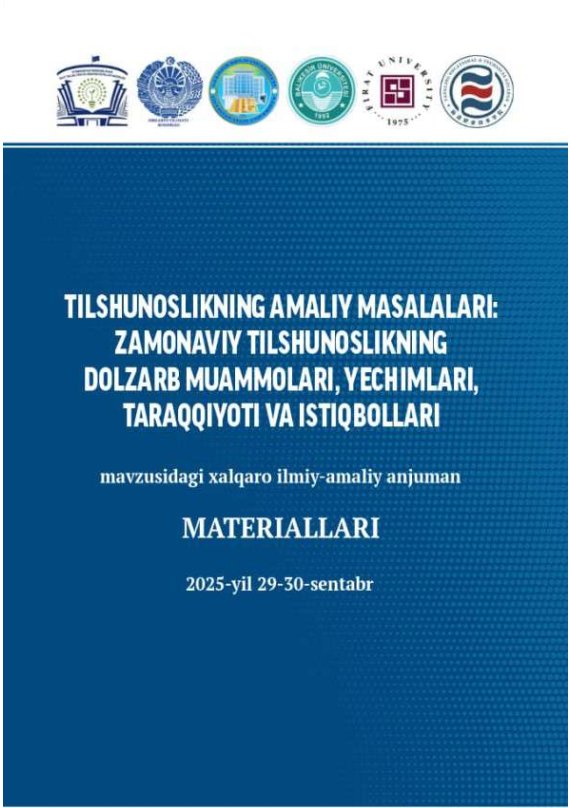THE PLACE OF ACADEMIC BUOYANCY IN SECOND LANGUAGE ACQUISITION
Abstract
Academic buoyancy, proposed by Martin and Marsh (2008) as part of a larger body of work, refers to learners’ capacity to “bounce back” from the everyday challenges they inevitably encounter (Lakkavaara et al., 2024). These challenges may include stress of exams, tight deadlines, issues in peer and teacher relationships, and the ongoing task of sustaining motivation (Putwain et al., 2024). With its origins in Positive psychology, academic buoyancy adopts a proactive stance to deal with difficulties in educational circles. It takes into account a person's feelings, abilities, and skills to improve their psychological wellness (Jahedizadeh et al., 2019). Academic buoyancy is related to challenges that disturb motivation and engagement of learners by hurting their self-esteem and determination (Martin et al., 2017). However, motivation and engagement are not the only factors affecting academic buoyancy. It can also be affected by characteristics, confidence and motivation (Anderson et al., 2020). Learners with strong academic buoyancy tend to approach daily challenges, trusting in their ability to move past obstacles. They also maintain an optimistic outlook about achieving their learning objectives (Su & Wong, 2025). Furthermore, they are able to handle the frustration or boredom that can sometimes arise by viewing difficulties as a potential for development rather than as barriers they cannot overcome (Liu et al., 2022; Wang & Liu, 2022; Yun et al., 2018). Because of this mindset, these learners often make more consistent progress.


